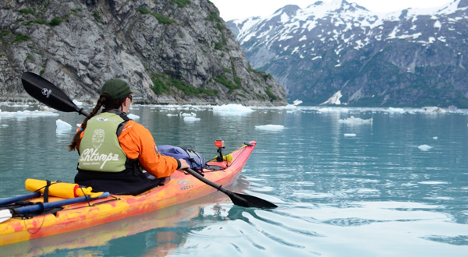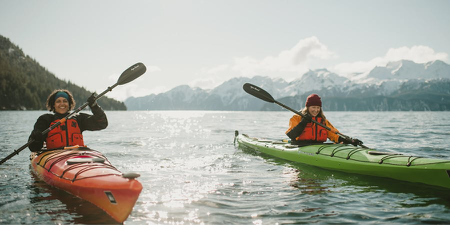7 Tips for Safer Boating
Around the country, rescues and accidents involving kayakers have been reminders that people heading out on the water need to be prepared for anything. Kayaking is an excellent way to get some exercise and fresh air while practicing social-distancing. Following are some ways to make sure a great day on the water ends with a tired smile.
All Too Common
In Juneau, Alaska, last Friday, the Coast Guard rescued two stranded male kayakers. A request-for-assistance call came in at approximately 9:15 p.m. The caller said that he and his friend had become exhausted after paddling approximately nine miles over 23 hours in 10’ kayaks. The duo had run out of daylight and had no lifejackets, exposure suits, warm clothing, food or water. They also had no means of communication other than a cell phone with low battery power.
“These kayakers made several all-too-common mistakes before heading out on the water,” Theodore Bach, petty officer 2nd class from the Station Juneau response boat, said in a statement. “They were lucky enough to have enough cell-phone battery left to call for help.”
He explained that every spring, it’s common for people to take to the water without the proper safety equipment. The water temperature this time of year is still cold and air temperatures at night dip into the 30s in the Juneau area.
While Alaska might be a little extreme, regardless of the area, following are some tips that apply anywhere in the nation when going boating:
• Wear a personal flotation device. Boaters need to know the local rules for lifejackets. For example, in Alaska and many other states, a boat is required to have a Coast Guard approved lifejacket for easy person aboard. State law in Alaska says that persons 13 years old and younger must have one on at all times.
• File a float plan. A boater should let someone know his plans including trip details and an estimated return time. This can aid rescuers in the event that the boater is overdue. Take more than one type of communication device and extra batteries and chargers. VHF-FM is the primary communications network for the boating community. Enable the Digital Selective Calling features on the boat’s VHF-FM marine radio so it can broadcast location and information to all boats in the area.
• Consider buying a personal emergency beacon. Boaters, sailors and anglers who head offshore frequently should have a personal emergency beacon such as an EPIRB or PLB. It should be registered with the National Oceanic and Atmospheric Administration.
• Properly equipped boats. A boat is required to have certain equipment on board to be legally compliant. The Coast Guard Auxiliary can do a free vessel safety examination to make sure that a boat has the right gear on board.
• Check the weather. Know the immediate and longer-term forecast. A vessel operator needs to look at the forecast for the duration of his cruise, whether it’s a few hours or a weekend. The National Weather Service offers local and statewide current and extended marine weather forecasts on its website. There are also many weather apps so there’s no reason not to have this information.
• Dress for the water temperature. The air might be warm, but a captain and passengers need to be prepared to wind up in the water. Wet suits and dry suits offer protection against hypothermia in the event of immersion.
• Boat sober. This should be self-explanatory. Never boat under the influence of drugs or alcohol.

